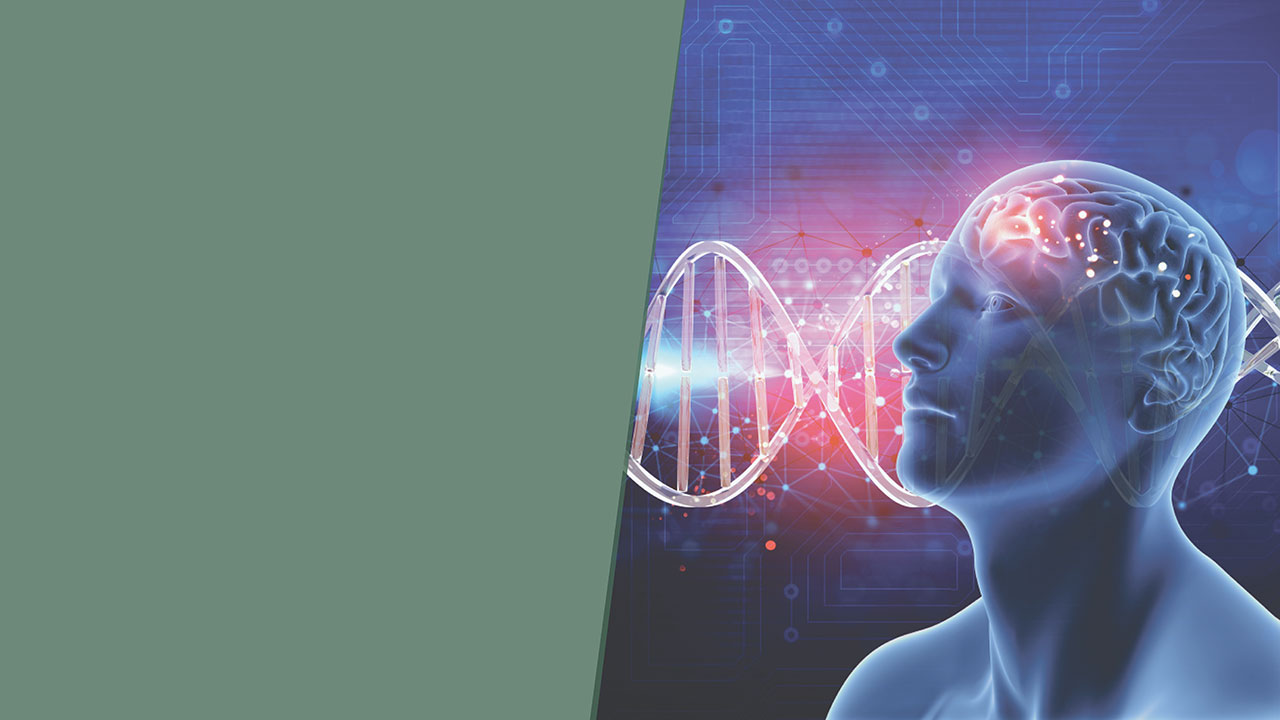Mapping the Brain’s Mitochondria: How Cellular Energy Shapes Mental Health
Why It Matters
Mitochondria, the cell’s power stations, generate ATP (Adenosine Triphosphate)—the energy currency essential for every brain process. The human brain, just ~2 % of body mass, consumes ~20 % of its energy (PMC, Earth.com). Yet until recently, how this energy is distributed across the brain remained a mystery.
The Breakthrough: MitoBrainMap
In March 2025, researchers from Columbia University and the University of Bordeaux unveiled MitoBrainMap, the first high-resolution atlas of mitochondria across a human brain (Columbia University Medical Center, CNRS News, Medical Xpress).
- The team dissected a donated brain into ~703 tiny 3 mm³ voxels.
- Each voxel was analyzed for mitochondrial density, DNA count, respiratory activity, and more.
Results were computationally projected onto MRI scans, creating a full-brain energy map (CNRS News, Earth.com).
Key findings:
- Gray matter (computation hubs) contains ~50% more mitochondria than white matter (signal wiring), and mitochondria are more efficient at producing ATP (CNRS News, Earth.com).
- Newer evolutionary regions like the prefrontal and parietal cortex have the highest energy output. Ancient areas like the olfactory system, basal ganglia, and hippocampus show lower density and less energetic mitochondria (CNRS News, Earth.com).
- These patterns align with why complex thinking fades earlier in aging or disease than basic survival functions (Earth.com).
Energy Meets Emotion: Metabolism in Mental Health
This atlas offers a critical link between brain energetics and mental functioning:
- Neurons in high-order regions (e.g. prefrontal cortex) need reliable energy to support memory, decision-making, emotional regulation—functions often disrupted in depression or anxiety (PMC, Earth.com).
- Mitochondrial dysfunction—such as altered dynamics (fission/fusion), poor mitophagy, or low enzyme activity—has been directly tied to stress susceptibility, depression-like behavior, and psychiatric disorders in animal and human studies (PMC).
- Chronic negative mood and life stress have been correlated with reduced mitochondrial protein abundance in the dorsolateral prefrontal cortex—where mitochondria support complex cognition—while positive psychosocial experiences correlate with better mitochondrial function in glial cells (Columbia University Medical Center).
Therapeutic Implications & Future Directions
- A 2025 study in mice restored memory in neurodegenerative models by boosting mitochondrial activity, pointing to mitochondria as direct therapeutic targets (ScienceDaily).
- Lifestyle interventions—exercise, nutrition (antioxidants, omega-3s), stress reduction, and sleep—improve mitochondrial health and, in parallel, mental resilience and cognitive function (PMC, Columbia University Medical Center).
What MitoBrainMap Means for Mental Health
- A neurological energy blueprint—clinicians may soon overlay mitochondrial maps with MRI to detect areas of low-energy vulnerability.
- Understanding why thought and mood falter first—energy-hungry brain regions are the canaries in the coal mine.
- New metrics for mental wellness—mood, stress, diet, sleep and mitochondria form a feedback loop that shapes mental health across the lifespan.
- Targeted treatments—from lifestyle to mitochondrial modulators, a new class of interventions may emerge.
The MitoBrainMap is a landmark in neuroscience—it shows where and how mitochondria power higher cognition and emotion. Supporting healthy mitochondrial function isn’t just about physical wellness—it’s integral to mental clarity, emotional balance, resilience, and aging gracefully.
As this field evolves, we’re learning that fueling our cells is fueling our minds.

